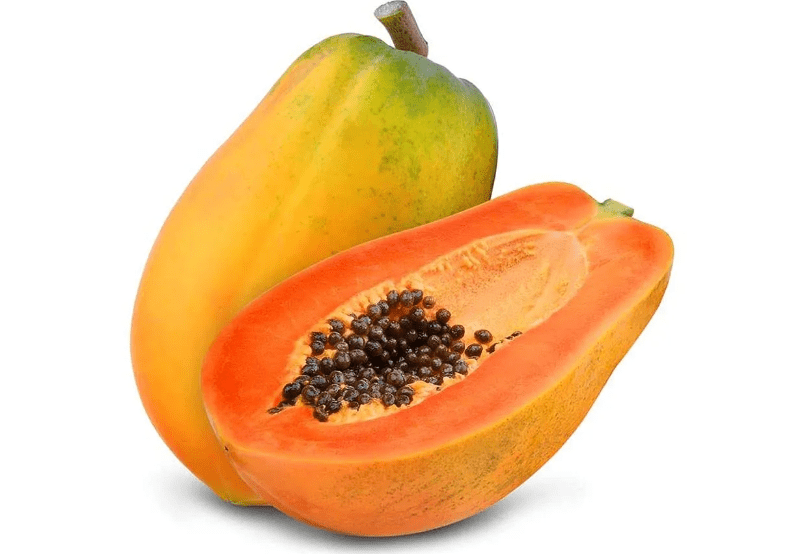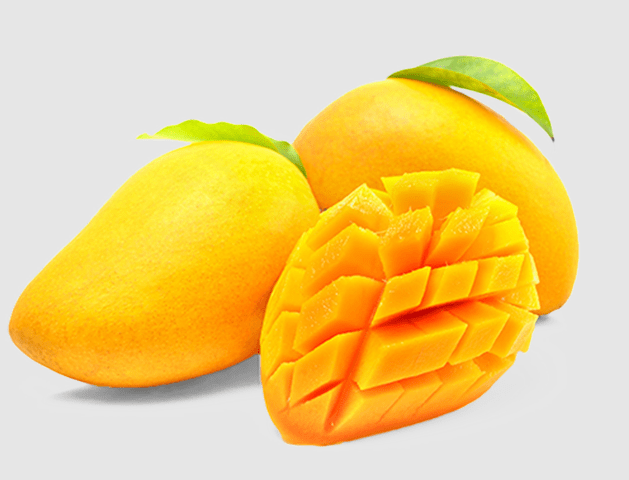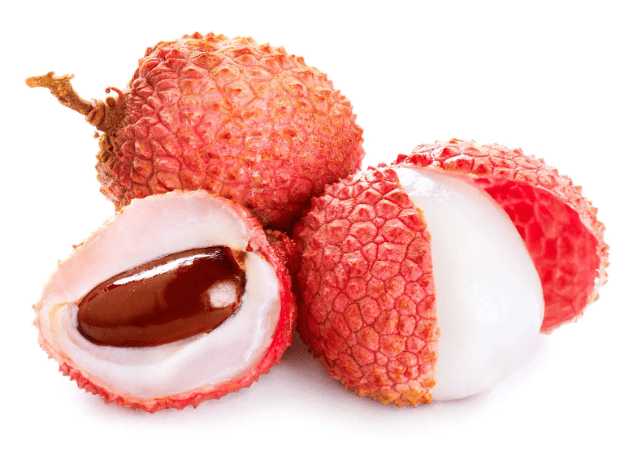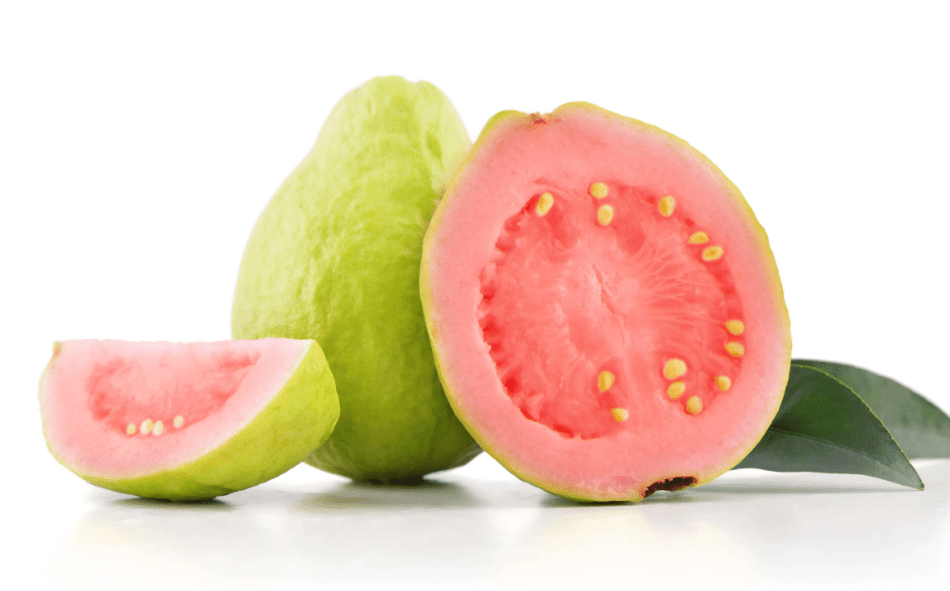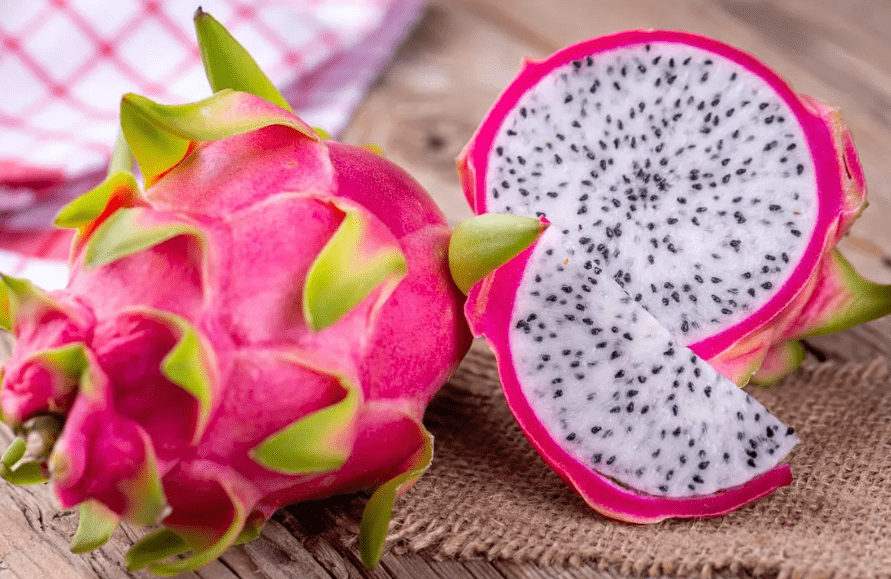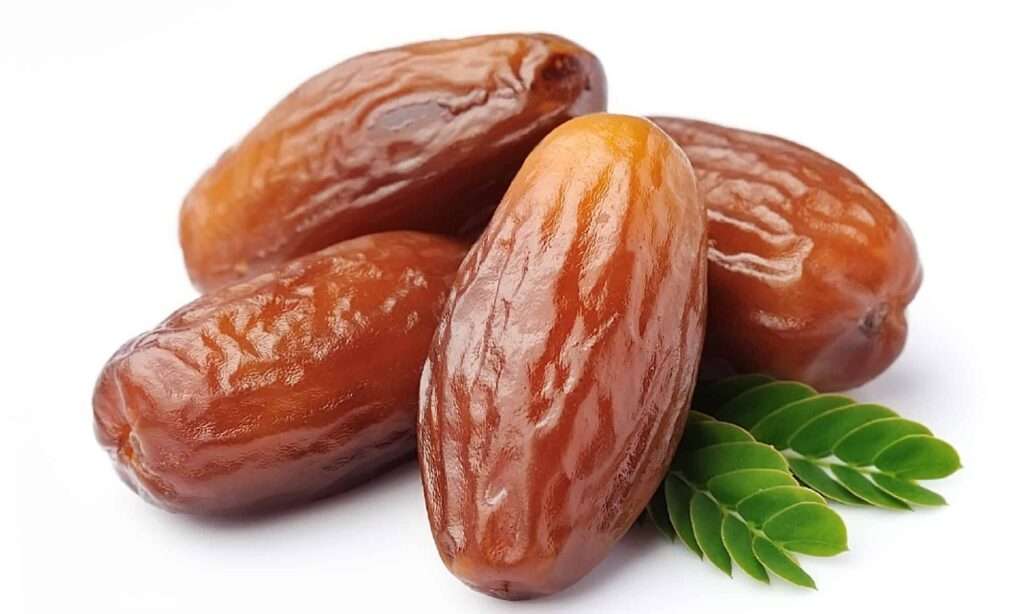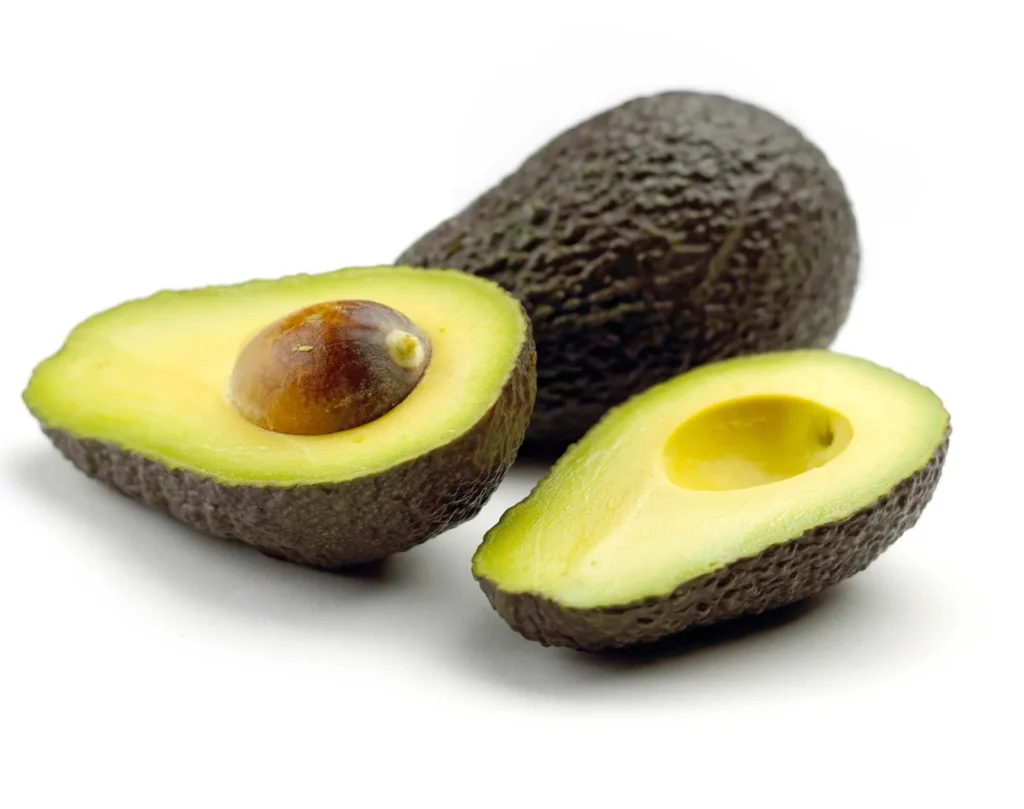Papaya
Description The fruit is typically spherical to cylindrical in shape and can weigh up to 9 to 11.5 kg (20 to 25.5 pounds) at times. Richly colored flesh with shades of yellow, orange, or red is incredibly delectable. Varieties The most widely produced papaya varieties are two. In Australia, similar fruits are referred to as […]


